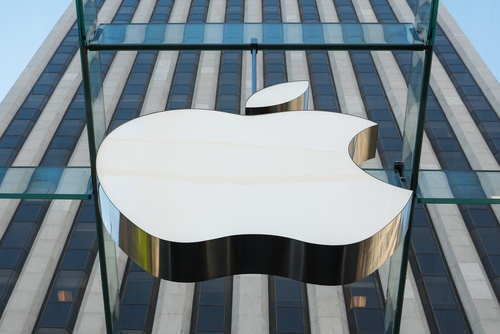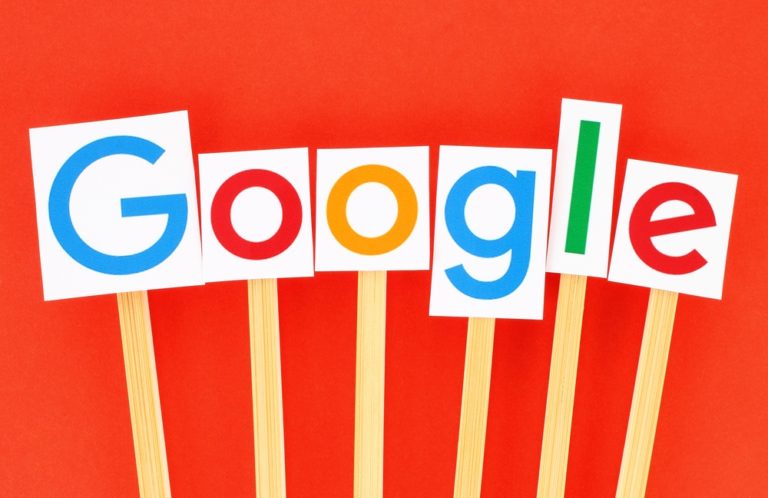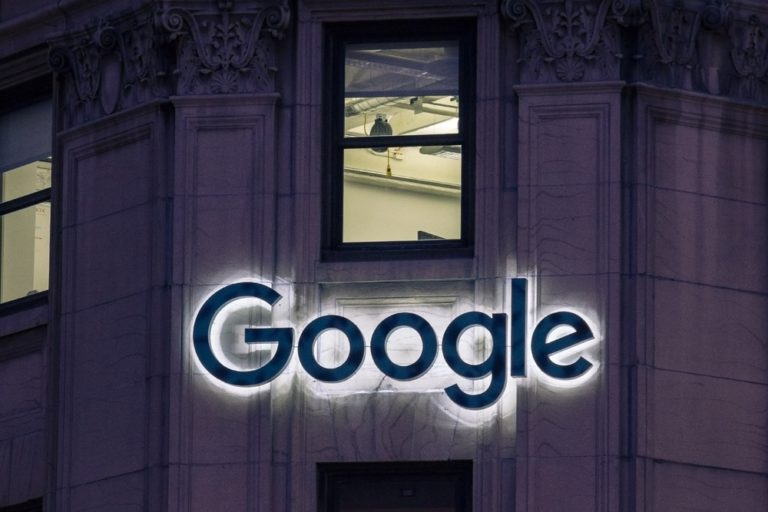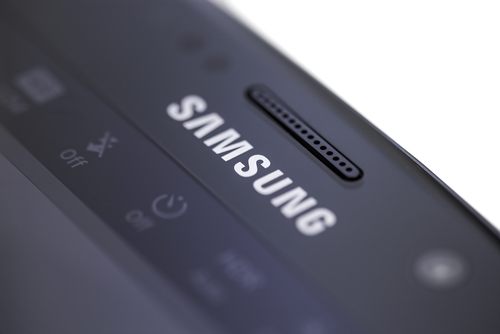Key Takeaways:
- Google adds native call recording to Pixel 6 and newer on Android 14.
- Feature appears in select regions with clear consent notifications.
- Recordings save locally on devices; Pixel 9 offers AI-powered transcripts.
- This update puts Pixel closer to Samsung’s recording feature.
- Google plans wider rollout despite ongoing privacy debates.
Introduction to Native Call Recording
Google now lets Pixel users record phone calls without extra apps. The new native call recording feature arrives on Pixel 6 and newer models running Android 14. This update can change how people save voice calls for work, interviews, or personal use. Moreover, it follows local laws by asking for permission before each call. As a result, users stay in control of their privacy.
How Native Call Recording Works
When you make or receive a call, a pop-up asks if you want to record. If you agree, the system starts saving audio to a secure folder. The recording feature only works in regions where local laws allow it. You can pause or stop the recording at any time. Also, the phone notifies all parties by voice so no one is surprised.
Local Storage and Consent
All call recording files live on your phone’s internal storage. Consequently, no audio goes to Google’s servers unless you share it. Also, you can delete files whenever you want. Because Google follows strict consent rules, each call needs your okay. This step respects personal boundaries and local laws.
AI Transcription on Pixel 9
In addition to recording, Pixel 9 brings AI transcription. After a call ends, you can ask your phone to create written text. Then you get a transcript that you can search or share. This tool uses on-device AI so your words stay private. It can save time for students, journalists, or busy professionals.
Competitive Edge Over Samsung
For years, Samsung offered built-in call recording on its Galaxy phones. Now, Pixel joins the game with a native feature. Therefore, Google is closing the gap with its rival. Many buyers compare camera quality or battery life, but call recording is now a factor too. By adding this tool, Pixel becomes more attractive for people who need recordings.
Privacy Concerns and Expansion
Despite its benefits, call recording sparks debate. Some worry that recordings could spread without permission. However, Google’s consent notifications aim to reduce misuse. Still, experts say people should stay cautious. They should only record calls when it is legal and ethical. With that in mind, Google plans to expand call recording to more countries. Yet it will continue to check local rules.
What This Means for You
If you own a Pixel 6, 7, 8, or 9 and update to Android 14, you will see call recording in your phone app. Simply tap the record button when you talk. Afterwards, visit your phone’s recordings folder to listen or delete files. On Pixel 9, try the AI transcription for quick notes. Remember to tell the other person you’re recording. This habit keeps you within the law.
Step-by-Step: Using Native Call Recording
First, update your Pixel to Android 14. Next, open the Phone app and place or receive a call. Then, tap the record icon that appears on the screen. Listen for the voice alert telling everyone the call is recorded. After you hang up, go to recordings in the app menu. You can play, share, or remove your audio files.
Benefits of On-Device Call Recording
First, it works without third-party apps. That means fewer permissions and less clutter. Second, audio stays private on your phone. Third, simple controls make recording easy. Moreover, built-in permissions ensure you follow laws. Finally, AI transcripts on Pixel 9 speed up note-taking.
Potential Drawbacks to Consider
Native call recording is handy, but it has limits. It only works in approved regions, so many users must wait. Also, if you lose your phone, you could lose all recordings. Plus, local laws may change, affecting availability. Finally, voice alerts may annoy some callers. Still, these issues won’t stop many from using the feature.
Tips for Responsible Call Recording
Always check local rules before recording. If you record someone without permission, you may face fines. Also, store recordings securely with a passcode. Avoid sharing sensitive information over recorded calls. Lastly, inform all parties at the start of the call. These habits protect both you and others.
Comparing Pixel and Samsung
Samsung’s call recording feature has been around longer. It also shows a notification when you start a recording. However, Samsung sometimes auto-records calls from unknown numbers. Google avoids surprises by requiring consent every time. In addition, Pixel 9’s AI transcription gives it a modern edge. Overall, Pixel’s new approach feels powerfully simple.
Future of Call Recording on Android
Google’s rollout hints at future updates. We might see cloud backups or shared transcripts next. Additionally, improved AI could summarize calls automatically. There’s even talk of real-time translation during calls. Such tools could help travelers, business people, and students. Consequently, call recording could become more than just audio saving.
User Reactions So Far
Early testers report smooth performance. Many praise the clear voice alert. Others like that recordings stay on their device. Some testers want automatic recordings for specific contacts. Yet Google has held back on auto-recording to respect privacy. Still, user demand may influence Google’s next moves.
Tips for Smooth Recording
Make sure your phone’s microphone is clean. Keep the software up to date to avoid bugs. Test the feature with a friend before any important call. Speak clearly and stay close to the phone. Finally, keep an eye on storage space, as audio files can add up.
Conclusion
Native call recording on Pixel phones is a big win. It blends convenience with privacy controls. Thanks to clear notifications, you stay inside the law. Plus, Pixel 9’s AI transcripts make life easier. With this feature, Google steps up its game against Samsung. Soon, more regions will get access. Therefore, Pixel users should look forward to richer phone tools.
FAQs
What is native call recording on Pixel phones?
Native call recording lets you record calls without extra apps. It works on Pixel 6 and newer models running Android 14.
How does Google handle privacy with call recording?
Before each call, Google asks for your consent. It also plays a voice alert to let everyone know they’re being recorded.
Where are recordings stored?
All recordings save locally on your phone. They never go to Google’s servers unless you share them.
Can I get written transcripts of my calls?
Yes. Pixel 9 users can use AI transcription to turn recordings into text.
Are there plans to expand this feature?
Google plans to roll out native call recording to more regions based on local laws.









